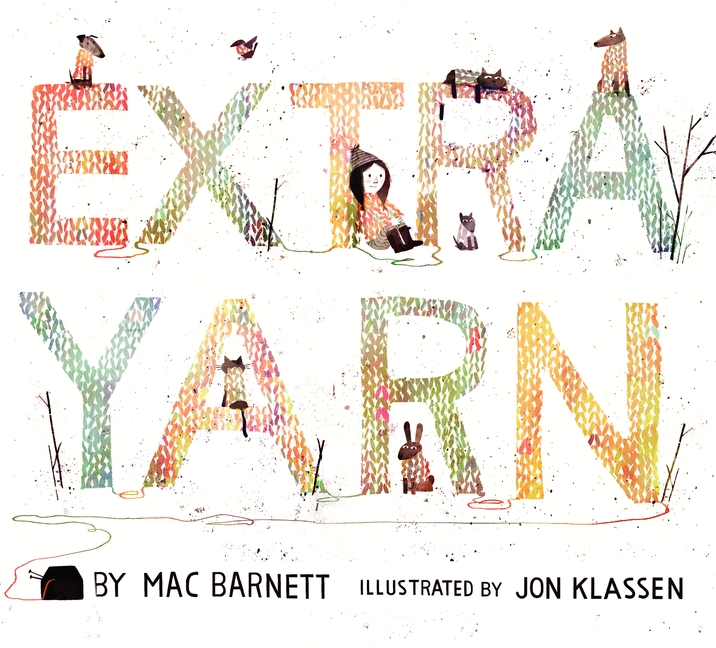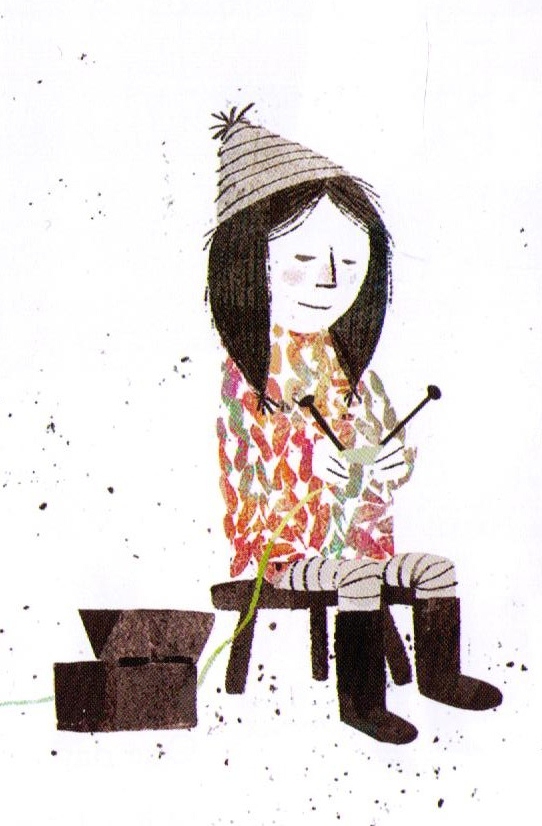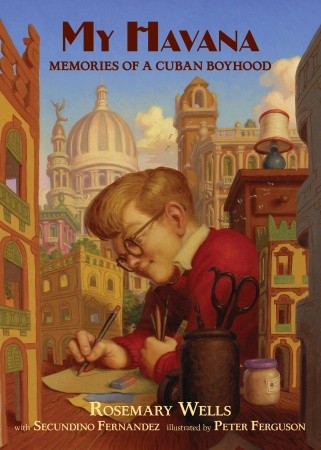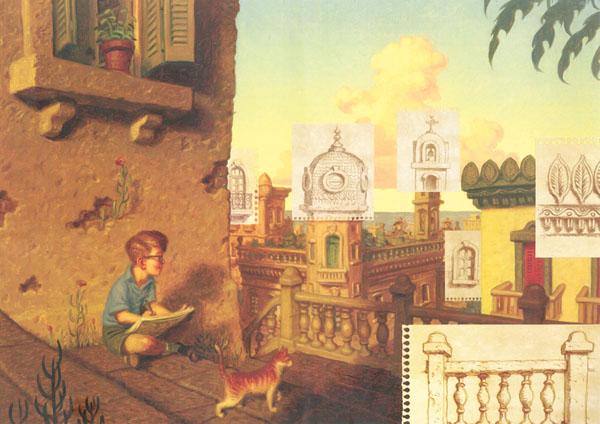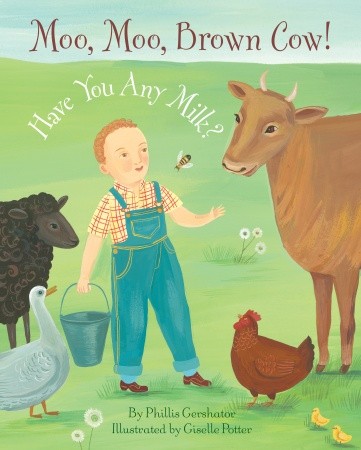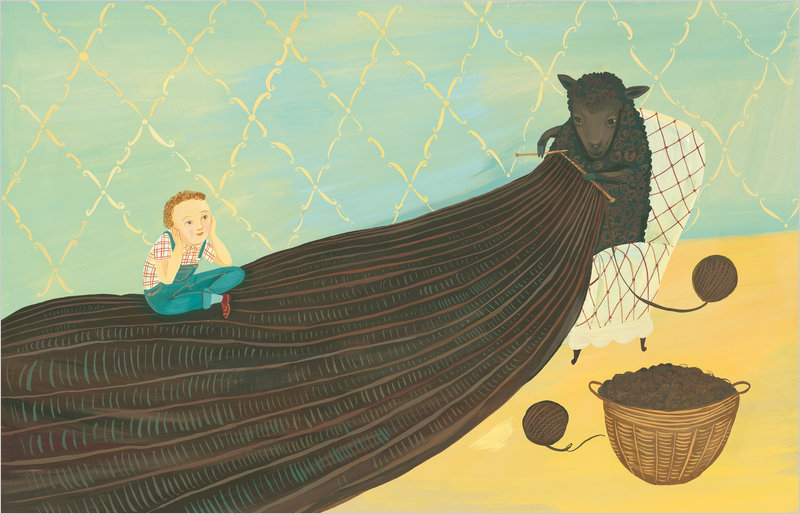So, I've been reading a little more YA lately--enough to make this list of YA novels that involve both a. kissing, and b. trips to Europe. What's not to love?
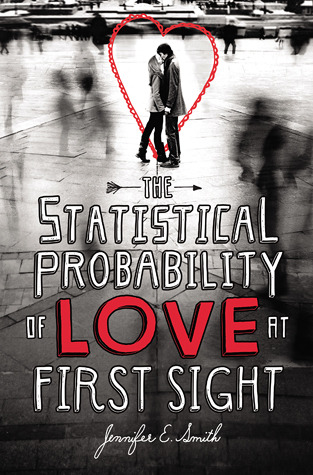 The Statistical Probability of Love at First Sight by Jennifer E. Smith (Poppy, 2012). Hadley falls in love with Oliver on a flight from New York to London for her father's wedding. Aside (or not): Hadley is understandably upset about her father's remarriage. He was on fellowship at Oxford over a year ago--still married to Hadley's mom--when he fell in love with a much younger woman, whom Hadley has thus far refused to meet. Adult readers must try to overlook this. Anyway, after a cinematic kiss (see cover), Hadley and Oliver lose track of each other at Heathrow, but fate and second chances bring them back together (twice!) over the next 24 hours.
The Statistical Probability of Love at First Sight by Jennifer E. Smith (Poppy, 2012). Hadley falls in love with Oliver on a flight from New York to London for her father's wedding. Aside (or not): Hadley is understandably upset about her father's remarriage. He was on fellowship at Oxford over a year ago--still married to Hadley's mom--when he fell in love with a much younger woman, whom Hadley has thus far refused to meet. Adult readers must try to overlook this. Anyway, after a cinematic kiss (see cover), Hadley and Oliver lose track of each other at Heathrow, but fate and second chances bring them back together (twice!) over the next 24 hours.
Anna and the French Kiss by Stephanie Perkins (Dutton, 2010). Anna is inexplicably reluctant to go to boarding school in Paris, where she will meet a cute French boy (she should know, because her father writes romance novels). This book is like having a whole box of macarons. In Paris.
The Fault in Our Stars by John Green (Dutton, 2012). Hazel and Augustus go to Amsterdam. Before one of them DIES.
Just One Day by Gayle Forman (Dutton). Just one day in Paris with a sexy Dutch guy you just met at an underground performance of Shakespeare's Twelfth Night, followed by a year of heartache and a sequel (Willem's side of the story, Just One Year, will be out this fall). Note to future Milly: Don't even think about it.
My Life Next Door by Huntley Fitzpatrick (Dial, 2012). Okay, this one is the opposite of Europe: almost everything happens, well, next door. But there is lots of kissing.
